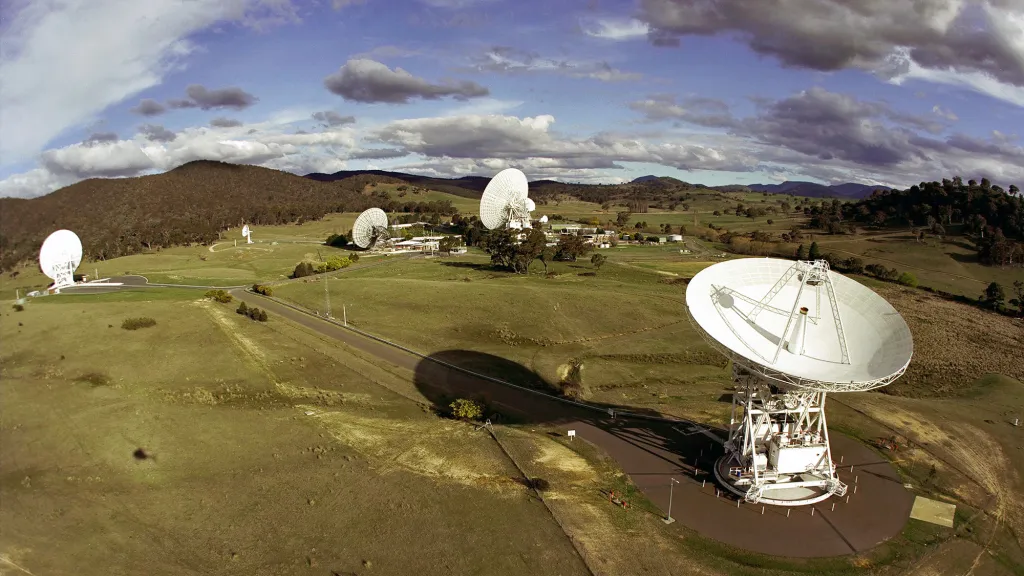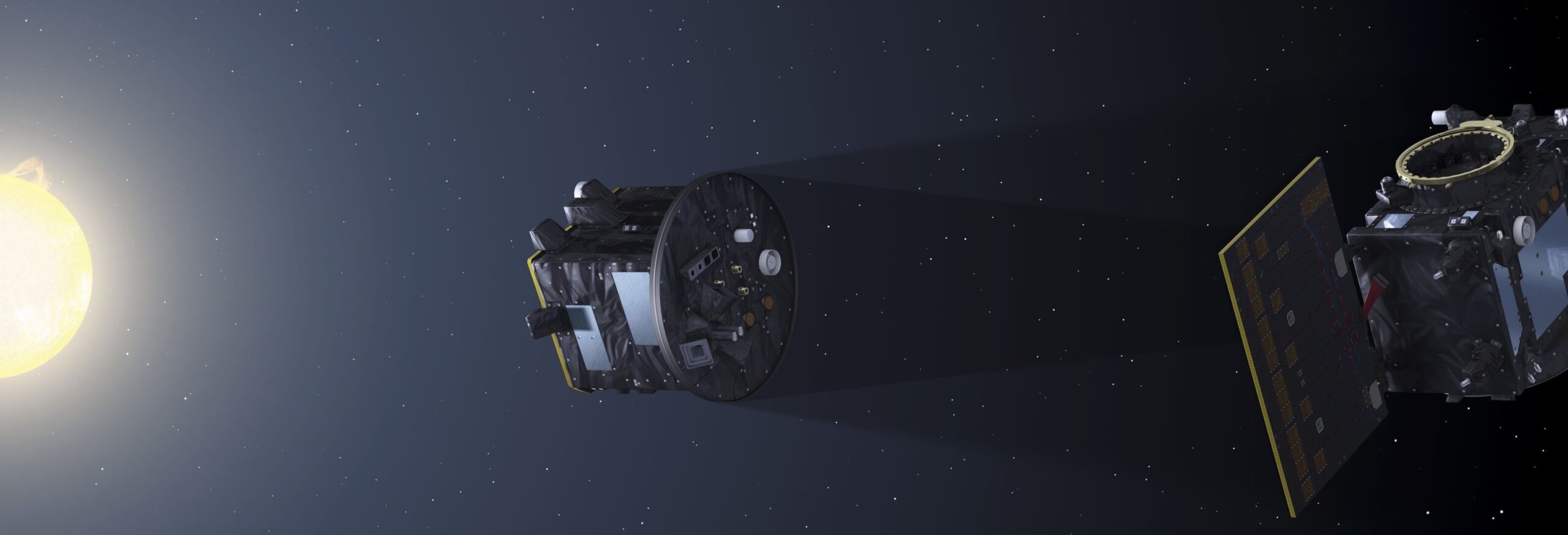Now Reading: Space Force to test modular satellite technology in upcoming mission
-
01
Space Force to test modular satellite technology in upcoming mission
Space Force to test modular satellite technology in upcoming mission
ORLANDO, Fla. — The U.S. Space Force plans to use a “plug and play” satellite interface developed by The Aerospace Corporation for an upcoming mission under its Tactically Responsive Space (TacRS) program. The program seeks to validate technologies and tactics to shorten the timeline for launching payloads, such as surveillance sensors, into orbit.
Col. Bryon McClain, program executive officer at the Space Systems Command, said Dec. 11 the military is seeking more standardized satellite designs and plans to test a modular interface system called Handle, developed by The Aerospace Corporation, in a future TacRS mission.
Handle is a standardized electrical interface designed to integrate satellite payloads seamlessly into a standardized modular architecture, which simplifies the integration of payloads onto satellite platforms. The technology was previously demonstrated during Aerospace’s Slingshot 1 mission in July 2022, and the Space Force’s Space Safari office plans to incorporate it into the upcoming Victus Salo mission.
Speaking at the Spacepower Conference, McClain said more flexibility and speed is needed in satellite development. Traditional satellite development timelines are too slow to meet modern threats, he said. “The whole idea behind the TacRS program is to build an acquisition culture that can move faster than adversaries,” he said.
Under a responsive space mission, the U.S. military would launch a surveillance satellite to quickly inspect a suspected anti-satellite weapon or other objects believed to pose a potential threat to U.S. spacecraft.
A more standardized design
The Handle interface could be one way to help accelerate the integration of satellites, offering a “plug-and-play” solution that could enable faster satellite assembly and launch preparation, he said. The Space Force is interested in standardized platforms that support a variety of payloads — whether commercially developed or military-specific — without requiring extensive customization.
“The future of affordable space is where there’s an ability to have different payloads and more common bus interfaces,” McClain noted.
Victus Salo, slated for a fall 2026 launch, is one of several missions under the TacRS initiative that seeks to demonstrate the Space Force’s capacity for rapid-response launches and enhanced space domain awareness.
Victus Salo will be deployed into low Earth Orbit (LEO) using SpaceX’s rideshare program and will carry a government-provided payload developed by the Massachusetts Institute of Technology’s Lincoln Laboratory.
McClain described Victus Salo as an “initial learning state” for integrating modular architectures into responsive space missions. “This is not the end state. This is the initial learning state, pulling some of the threads on the ability to exchange data, and understanding what makes sense,” he said.
The Space Safari office awarded a $34.5 million contract to Impulse Space to supply launch services and orbital maneuver vehicles for both Victus Salo and another mission called Victus Surgo that will launch a commercially developed payload. These company’s vehicles will provide the propulsion and mobility needed to position satellites rapidly in response to events.
Stay Informed With the Latest & Most Important News
Previous Post
Next Post
-
 012024 in Review: Highlights from NASA in Silicon Valley
012024 in Review: Highlights from NASA in Silicon Valley -
 02Panasonic Leica Summilux DG 15mm f/1.7 ASPH review
02Panasonic Leica Summilux DG 15mm f/1.7 ASPH review -
 03From Polymerization-Enabled Folding and Assembly to Chemical Evolution: Key Processes for Emergence of Functional Polymers in the Origin of Life
03From Polymerization-Enabled Folding and Assembly to Chemical Evolution: Key Processes for Emergence of Functional Polymers in the Origin of Life -
 04How New NASA, India Earth Satellite NISAR Will See Earth
04How New NASA, India Earth Satellite NISAR Will See Earth -
 05And Thus Begins A New Year For Life On Earth
05And Thus Begins A New Year For Life On Earth -
 06Astronomy Activation Ambassadors: A New Era
06Astronomy Activation Ambassadors: A New Era -
07SpaceX launch surge helps set new global launch record in 2024





















